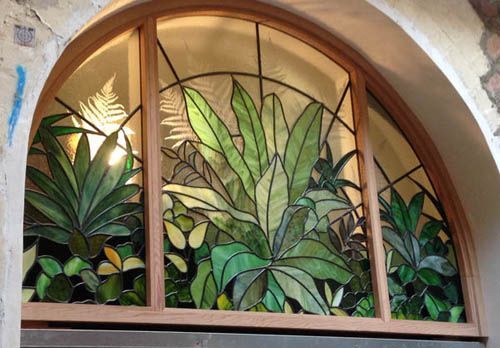#urban solarpunk
Text
youtube
The YouTube upload of Season Two Episode Five is here!
On today’s episode, Ariel talks to Lindsay Jane of The Solarpunk Scene where she showcases her solarpunk life in Toronto, as well as shining a spotlight on solarpunk projects locally and internationally. Lindsay tells us about how she discovered solarpunk and the ways that she lives a solarpunk life in the city - both the upsides (gardens! architecture! effective transit!) and the downsides (sky-high rent, expensive food, difficulty cultivating outdoor gardens). She also emphasizes the importance of getting involved in your local community and politics as a city-dweller, and lets listeners in on the behind-the-scenes inspiration for The Solarpunk Scene: tune in to learn more!
#solarpunk#The Solarpunk Scene#LIndsay Jane#Solarpunk Presents Podcast#interview podcast#interview#podcast#solarpunk podcast#foraging#hopepunk#tenants' rights#creating community#solarpunk in the city#urban solarpunk#transit#toronto#toronto ontario#ontario#canadian solarpunk#solarpunk in canada#how to live a solarpunk life in the city#how to be solarpunk in the city#eating japanese knotwweed#The Cloud Gardens#Toronto Cloud Gardens#rental prices#housing prices#Youtube
17 notes
·
View notes
Text
"With “green corridors” that mimic the natural forest, the Colombian city is driving down temperatures — and could become five degrees cooler over the next few decades.
In the face of a rapidly heating planet, the City of Eternal Spring — nicknamed so thanks to its year-round temperate climate — has found a way to keep its cool.
Previously, Medellín had undergone years of rapid urban expansion, which led to a severe urban heat island effect — raising temperatures in the city to significantly higher than in the surrounding suburban and rural areas. Roads and other concrete infrastructure absorb and maintain the sun’s heat for much longer than green infrastructure.
“Medellín grew at the expense of green spaces and vegetation,” says Pilar Vargas, a forest engineer working for City Hall. “We built and built and built. There wasn’t a lot of thought about the impact on the climate. It became obvious that had to change.”
Efforts began in 2016 under Medellín’s then mayor, Federico Gutiérrez (who, after completing one term in 2019, was re-elected at the end of 2023). The city launched a new approach to its urban development — one that focused on people and plants.
The $16.3 million initiative led to the creation of 30 Green Corridors along the city’s roads and waterways, improving or producing more than 70 hectares of green space, which includes 20 kilometers of shaded routes with cycle lanes and pedestrian paths.
These plant and tree-filled spaces — which connect all sorts of green areas such as the curb strips, squares, parks, vertical gardens, sidewalks, and even some of the seven hills that surround the city — produce fresh, cooling air in the face of urban heat. The corridors are also designed to mimic a natural forest with levels of low, medium and high plants, including native and tropical plants, bamboo grasses and palm trees.
Heat-trapping infrastructure like metro stations and bridges has also been greened as part of the project and government buildings have been adorned with green roofs and vertical gardens to beat the heat. The first of those was installed at Medellín’s City Hall, where nearly 100,000 plants and 12 species span the 1,810 square meter surface.
“It’s like urban acupuncture,” says Paula Zapata, advisor for Medellín at C40 Cities, a global network of about 100 of the world’s leading mayors. “The city is making these small interventions that together act to make a big impact.”
At the launch of the project, 120,000 individual plants and 12,500 trees were added to roads and parks across the city. By 2021, the figure had reached 2.5 million plants and 880,000 trees. Each has been carefully chosen to maximize their impact.
“The technical team thought a lot about the species used. They selected endemic ones that have a functional use,” explains Zapata.
The 72 species of plants and trees selected provide food for wildlife, help biodiversity to spread and fight air pollution. A study, for example, identified Mangifera indica as the best among six plant species found in Medellín at absorbing PM2.5 pollution — particulate matter that can cause asthma, bronchitis and heart disease — and surviving in polluted areas due to its “biochemical and biological mechanisms.”
And the urban planting continues to this day.
The groundwork is carried out by 150 citizen-gardeners like Pineda, who come from disadvantaged and minority backgrounds, with the support of 15 specialized forest engineers. Pineda is now the leader of a team of seven other gardeners who attend to corridors all across the city, shifting depending on the current priorities...
“I’m completely in favor of the corridors,” says [Victoria Perez, another citizen-gardener], who grew up in a poor suburb in the city of 2.5 million people. “It really improves the quality of life here.”
Wilmar Jesus, a 48-year-old Afro-Colombian farmer on his first day of the job, is pleased about the project’s possibilities for his own future. “I want to learn more and become better,” he says. “This gives me the opportunity to advance myself.”
The project’s wider impacts are like a breath of fresh air. Medellín’s temperatures fell by 2°C in the first three years of the program, and officials expect a further decrease of 4 to 5C over the next few decades, even taking into account climate change. In turn, City Hall says this will minimize the need for energy-intensive air conditioning...
In addition, the project has had a significant impact on air pollution. Between 2016 and 2019, the level of PM2.5 fell significantly, and in turn the city’s morbidity rate from acute respiratory infections decreased from 159.8 to 95.3 per 1,000 people [Note: That means the city's rate of people getting sick with lung/throat/respiratory infections.]
There’s also been a 34.6 percent rise in cycling in the city, likely due to the new bike paths built for the project, and biodiversity studies show that wildlife is coming back — one sample of five Green Corridors identified 30 different species of butterfly.
Other cities are already taking note. Bogotá and Barranquilla have adopted similar plans, among other Colombian cities, and last year São Paulo, Brazil, the largest city in South America, began expanding its corridors after launching them in 2022.
“For sure, Green Corridors could work in many other places,” says Zapata."
-via Reasons to Be Cheerful, March 4, 2024
#colombia#brazil#urban#urban landscape#urban planning#cities#civil engineering#green architecture#green spaces#urban heat#urban heat island effect#weather#meteorology#global warming#climate change#climate hope#climate optimism#climate emergency#climate action#environment#environmental news#city architecture#bicycling#native plants#biodiversity#good news#hope#solarpunk#ecopunk#hopepunk
15K notes
·
View notes
Text
Homemaking, gardening, and self-sufficiency resources that won't radicalize you into a hate group

It seems like self-sufficiency and homemaking skills are blowing up right now. With the COVID-19 pandemic and the current economic crisis, a lot of folks, especially young people, are looking to develop skills that will help them be a little bit less dependent on our consumerist economy. And I think that's generally a good thing. I think more of us should know how to cook a meal from scratch, grow our own vegetables, and mend our own clothes. Those are good skills to have.
Unfortunately, these "self-sufficiency" skills are often used as a recruiting tactic by white supremacists, TERFs, and other hate groups. They become a way to reconnect to or relive the "good old days," a romanticized (false) past before modern society and civil rights. And for a lot of people, these skills are inseparably connected to their politics and may even be used as a tool to indoctrinate new people.
In the spirit of building safe communities, here's a complete list of the safe resources I've found for learning homemaking, gardening, and related skills. Safe for me means queer- and trans-friendly, inclusive of different races and cultures, does not contain Christian preaching, and does not contain white supremacist or TERF dog whistles.
Homemaking/Housekeeping/Caring for your home:
Making It by Kelly Coyne and Erik Knutzen [book] (The big crunchy household DIY book; includes every level of self-sufficiency from making your own toothpaste and laundry soap to setting up raised beds to butchering a chicken. Authors are explicitly left-leaning.)
Safe and Sound: A Renter-Friendly Guide to Home Repair by Mercury Stardust [book] (A guide to simple home repair tasks, written with rentals in mind; very compassionate and accessible language.)
How To Keep House While Drowning by KC Davis [book] (The book about cleaning and housework for people who get overwhelmed by cleaning and housework, based on the premise that messiness is not a moral failing; disability and neurodivergence friendly; genuinely changed how I approach cleaning tasks.)
Gardening
Rebel Gardening by Alessandro Vitale [book] (Really great introduction to urban gardening; explicitly discusses renter-friendly garden designs in small spaces; lots of DIY solutions using recycled materials; note that the author lives in England, so check if plants are invasive in your area before putting them in the ground.)
Country/Rural Living:
Woodsqueer by Gretchen Legler [book] (Memoir of a lesbian who lives and works on a rural farm in Maine with her wife; does a good job of showing what it's like to be queer in a rural space; CW for mentions of domestic violence, infidelity/cheating, and internalized homophobia)
"Debunking the Off-Grid Fantasy" by Maggie Mae Fish [video essay] (Deconstructs the off-grid lifestyle and the myth of self-reliance)
Sewing/Mending:
Annika Victoria [YouTube channel] (No longer active, but their videos are still a great resource for anyone learning to sew; check out the beginner project playlist to start. This is where I learned a lot of what I know about sewing.)
Make, Sew, and Mend by Bernadette Banner [book] (A very thorough written introduction to hand-sewing, written by a clothing historian; lots of fun garment history facts; explicitly inclusive of BIPOC, queer, and trans sewists.)
Sustainability/Land Stewardship
Braiding Sweetgrass by Robin Wall Kimmerer [book] (Most of you have probably already read this one or had it recommended to you, but it really is that good; excellent example of how traditional animist beliefs -- in this case, indigenous American beliefs -- can exist in healthy symbiosis with science; more philosophy than how-to, but a great foundational resource.)
Wild Witchcraft by Rebecca Beyer [book] (This one is for my fellow witches; one of my favorite witchcraft books, and an excellent example of a place-based practice deeply rooted in the land.)
Avoiding the "Crunchy to Alt Right Pipeline"
Note: the "crunchy to alt-right pipeline" is a term used to describe how white supremacists and other far right groups use "crunchy" spaces (i.e., spaces dedicated to farming, homemaking, alternative medicine, simple living/slow living, etc.) to recruit and indoctrinate people into their movements. Knowing how this recruitment works can help you recognize it when you do encounter it and avoid being influenced by it.
"The Crunchy-to-Alt-Right Pipeline" by Kathleen Belew [magazine article] (Good, short introduction to this issue and its history.)
Sisters in Hate by Seyward Darby (I feel like I need to give a content warning: this book contains explicit descriptions of racism, white supremacy, and Neo Nazis, and it's a very difficult read, but it really is a great, in-depth breakdown of the role women play in the alt-right; also explicitly addresses the crunchy to alt-right pipeline.)
These are just the resources I've personally found helpful, so if anyone else has any they want to add, please, please do!
#homemaking#homemaking resources#gardening#urban gardening#self sufficiency#self sufficient living#sustainability#sustainable living#homesteading#nontrad homemaker#nontrad housewife#urban homesteading#solarpunk#cottagecore#kitchen witch#kitchen witchcraft#crunchy to alt right pipeline#book rec#book recommendations#resource#long post#mine#racism tw#racism mention#transphobia tw#transphobia mention
2K notes
·
View notes
Text
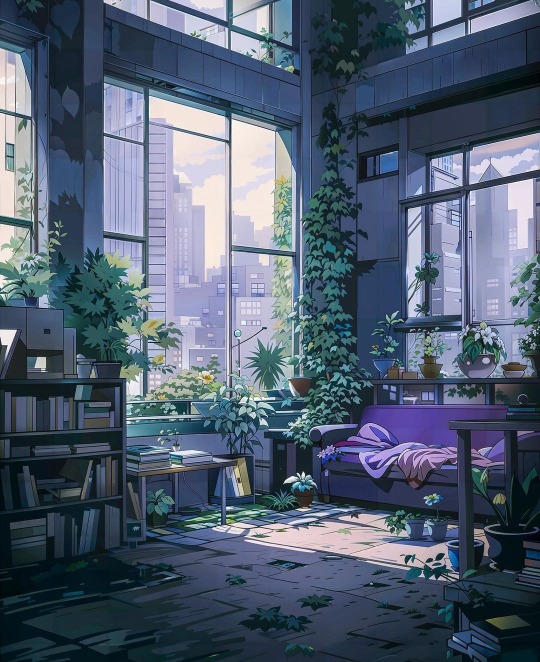

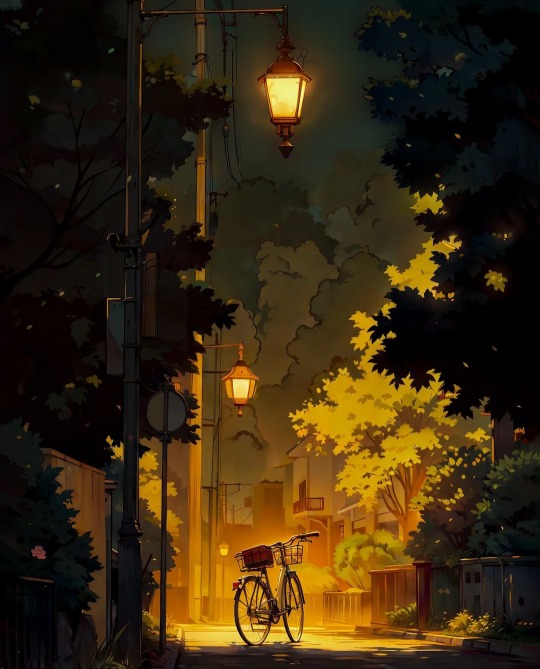



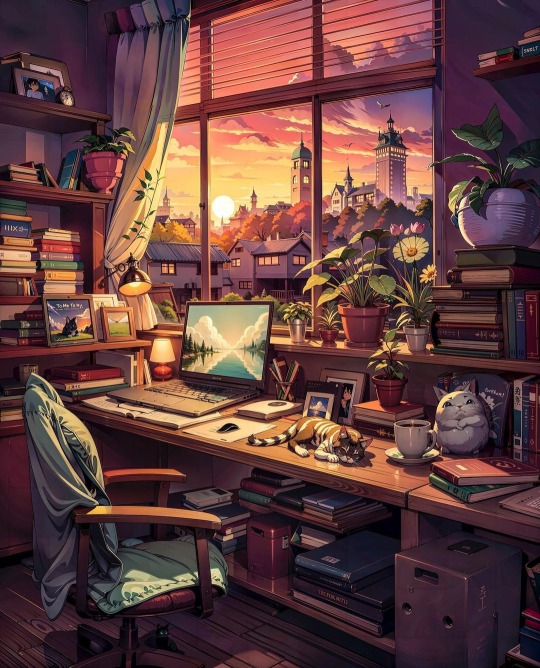



By i_m8_art
#nestedneons#cyberpunk#cyberpunk art#cyberpunk aesthetic#cyberpunk artist#art#cyberwave#megacity#urban#urban jungle#urban decay#urbex#solarpunk#lofimode#lofi aesthetic#lofi art#lofi beats#lofi and chill#lofi#loficore#ai art#ai artwork#ai artist#aiartcommunity#thisisaiart#liminal#liminalcore#vaporwave purple#purple aesthetic#purplecore
3K notes
·
View notes
Text
i don't think people realize that like, 70% of the ‘solar punk’ aesthetic is just investing in better public transportation. like literally. no air pollution? invest in better public transportation. no cars? better public transportation. more walkable cities? better public transportation. greener urban areas? better public transportation. more bike lanes? better fucking public transportation. come on guys.
#solarpunk#solar punk#public transportation#urban#better public transportation#seriously guys better public transportation#like. you would not believe how neat light rails are.
3K notes
·
View notes
Text
Urban design concept of the day
Dedicated lanes

Transit needs a dedicated ROW to move efficiently, but sometimes there isn't enough space or budget to build underground or elevated tracks, that's where streetrunning comes in. When you run a line like a tram, lightrail or BRT on the Street it is significantly cheaper to build but slower and less safe with the chance of getting stuck in traffic, hit by a car or by having a car park in front of the vehicle. This can be solved by slightly increasing costs and giving the transit it's own lane and signal priority as if cars can't drive where the transit is, then the transit can move at considerably higher speeds. Basically giving transit a dedicated transit lane on a street makes it cheaper to build but still keeps the trains fast and efficient
1K notes
·
View notes
Text


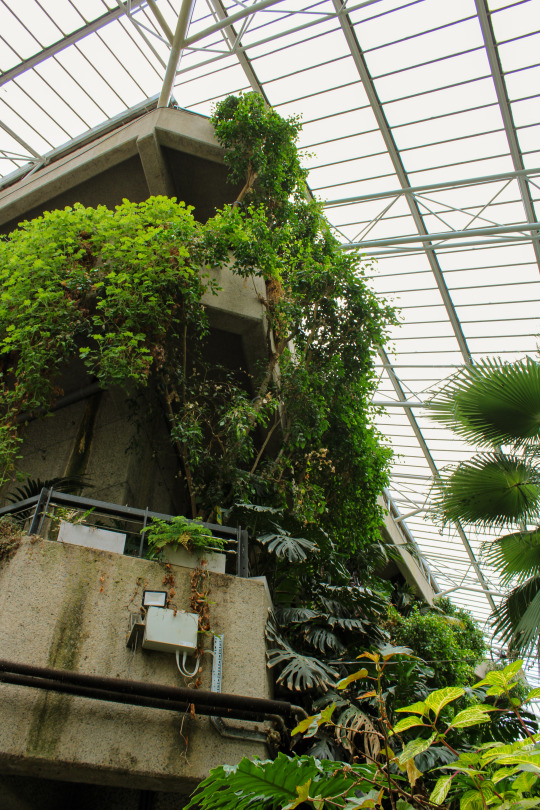
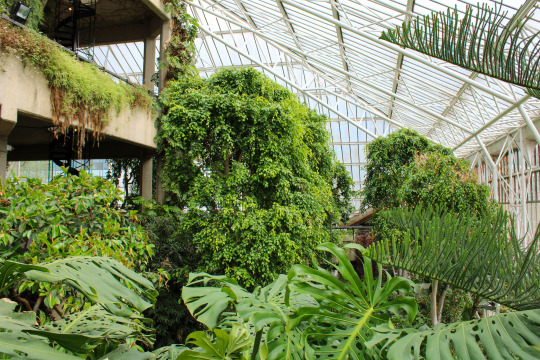
Barbican Conservatory Pt. 1
Taken 31st May 2023, Barbican Conservatory, London
#plantcore#botany#botanical#plantlife#plants#naturephotography#botanic academia#green academia#solarpunk#brutalism#indoor jungle#greenery#verdant#city garden#urban jungle#naturecore#naturelover#tree photography
4K notes
·
View notes
Text
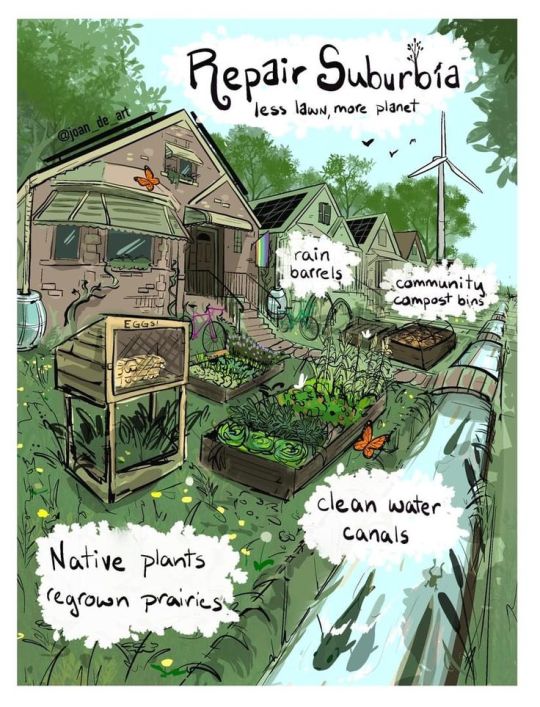
Little vision for a more beautiful, sustainable, tactile future.
2K notes
·
View notes
Text
All Night Libraries
Could be so cool to have all night sensory friendly libraries, with nice warm soft lighting, and cute comfy whimsical furniture, art and plants. Where people could just go and read all night, hang with friends and even sleep there in the available rest spaces like hammocks or a little capsule hotel in the library. Very lunarpunk. Would call mine the Moonlight Library
#lunarpunk#hopepunk#hopecore#solarpunk#peaceful revolution#greenhorizon#anti capitalism#climate change solutions#naturecore#forestcore#fantasy#urban fantasy#high fantasy#cottagecore#dark academia#light academia#academia aesthetic#support libraries#fanfic#ao3 fanfic#introverts#neurodivergent#audhd#autistic#autism#actually neurodivergent#actually autistic#lgbtq community
876 notes
·
View notes
Text
Since yall went so wild over those solar farms here some more--

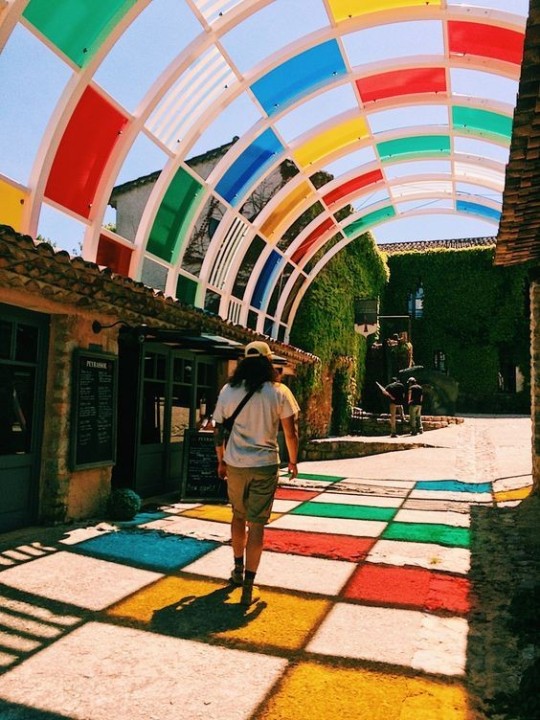

^^some theoretical usage of colorful solar glass

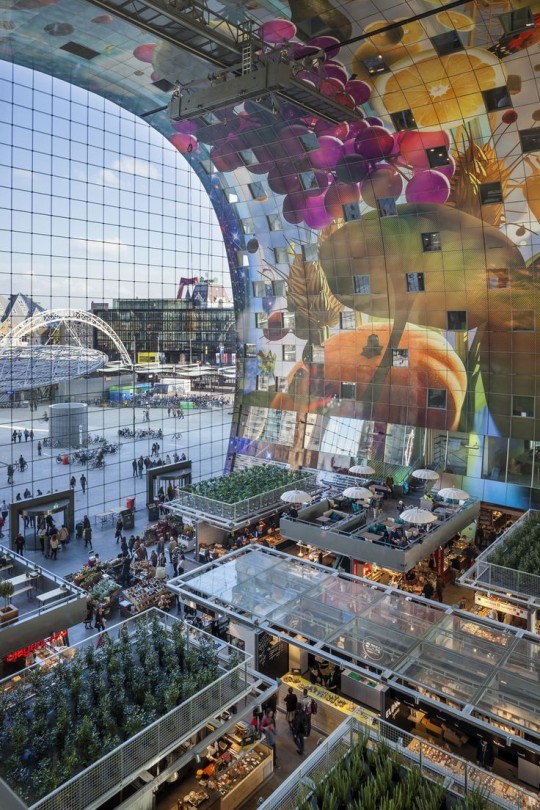
^^Here's some as artwork


^^ some canopy ideas for over plazas/markets
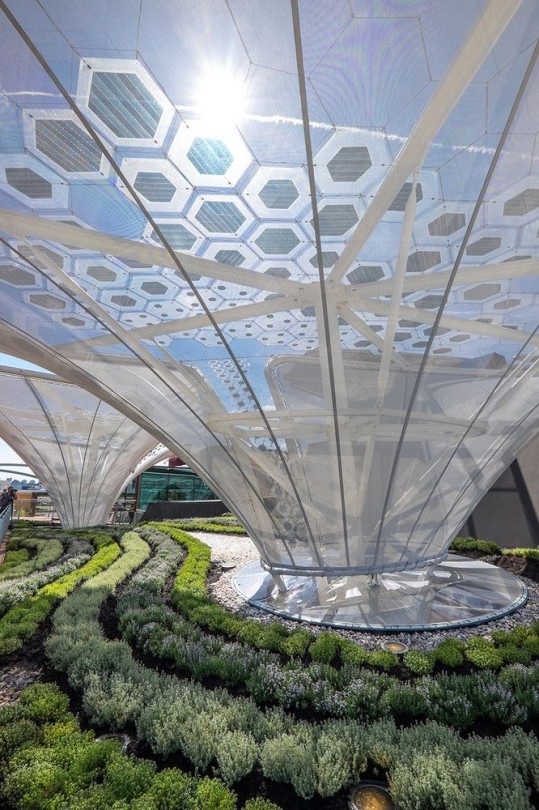

^^And some hybrid Solar/water catching structures as well
2K notes
·
View notes
Text
I like solarpunk as a theme or concept, but most solarpunk art doesn't quite work for me. For the most part, you've got Manhattan, But With Lots Of Trees or Happy Cottagecore With Robots.
What's missing, for me, is a sense of connection with where we are now. Both of the standard solarpunk visions present a world that has already been completely transformed. There's no hint of what it took to get from now to then, no evidence of what people had to overcome, to sacrifice, to pull humanity out of its ecological nose-dive.
I'd love to see a solarpunk city depicted in the process of being rebuilt. Show me old buildings being torn down, and new ones being built from the salvaged materials. Show me a tower with hanging gardens and wind turbines that's clearly a modified, pre-existing structure. Show me a lovely green zone that's still expanding into a reclaimed industrial park.
Maybe it's just me, but depictions of good futures fell like pure, unattainable fantasy without a connection to the present. For me, hope comes with imagining the path that gets us there.
460 notes
·
View notes
Text
youtube
We're (finally) uploading season two to YouTube, so people can stream it there if that is how they prefer to interact with their podcasts. We're planning to upload an episode of S2 every second Monday (on the off-weeks between new episodes). Check it out!
#solarpunk#Solarpunk Presents Podcast#like and subscribe#aging solarpunks on YouTube#cottagecore#urban solarpunk#rural solarpunk#urban vs rural#discussion#Youtube
11 notes
·
View notes
Text
"Amsterdam’s roofs have just been converted into a giant sponge that will make the city more climate resilient.
The Dutch have always been famous for their ability to control water, born out of the necessity of their homeland, much of which is below sea level.
Now, their expert water management skills are transforming the city skyline in the capital city of Amsterdam from one of terracotta tile, concrete, and shingles into green grass and brown earth.
It’s part of a new climate-resiliency trend in architecture and civic planning known as the ‘sponge city concept,’ in which a garden of water-loving plants, mosses, and soil absorbs excess rainwater before feeding it into the building for use in flushing toilets or watering plants on the ground.
If heavy rains are predicted, a smart valve system empties the stored rainwater into the municipal storm drains and sewers in advance of the weather, allowing the roof to soak up water and reduce flooding in the city.
In this way, the rooftops of buildings can be wrung out and filled up just like a sponge.
In Amsterdam, 45,000 square meters, or 11 acres of flat metropolitan rooftops have already been fitted with these systems, and the contracting firms behind the technology say they make sense in dry climates like Spain just as much as in wet climates like Amsterdam...
A 4-year project of different firms and organizations called Resilio, the resilient network for smart climate adaptive rooftops, rolled out thousands of square meters of sponge city technology into new buildings. As with many climate technologies, the costs are high upfront but tend to result in savings from several expenditures like water utilities and water damage, over a long-enough time horizon...
All together, Amsterdam’s sponge capacity is over 120,000 gallons.
“We think the concept is applicable to many urban areas around the world,” Kasper Spaan from Waternet, Amsterdam’s public water management organization, told Wired Magazine. “In the south of Europe–Italy and Spain–where there are really drought-stressed areas, there’s new attention for rainwater catchment.”
Indeed the sponge city concept comes into a different shade when installed in drought-prone regions. Waters absorbed by rooftops during heavy rains can be used for municipal purposes to reduce pressure on underground aquifers or rivers, or be sweated out under the Sun’s rays which cools the interior of the building naturally.
Additionally, if solar panels were added on top of the rooftop garden, the evaporation would keep the panels cooler, which has been shown in other projects to improve their energy generation.
“Our philosophy in the end is not that on every roof, everything is possible,” says Spaan, “but that on every roof, something is possible.”
Matt Simon, reporting on the Resilio project for Wired, said succinctly that perhaps science fiction authors have missed the mark when it came to envisioning the city of the future, and that rather than being a glittering metropolis of glass, metal, and marble as smooth as a pannacotta, it will look an awful lot more like an enormous sculpture garden."
-via Good News Network, May 15, 2024
#amsterdam#netherlands#green roof#blue roof#city planning#urban#urban landscape#flood#climate change#climate action#climate emergency#climate hope#solarpunk#hope posting#go green#eco friendly#climate adaptation#sponge city#urban planning#good news#hope#rooftop garden
706 notes
·
View notes
Text


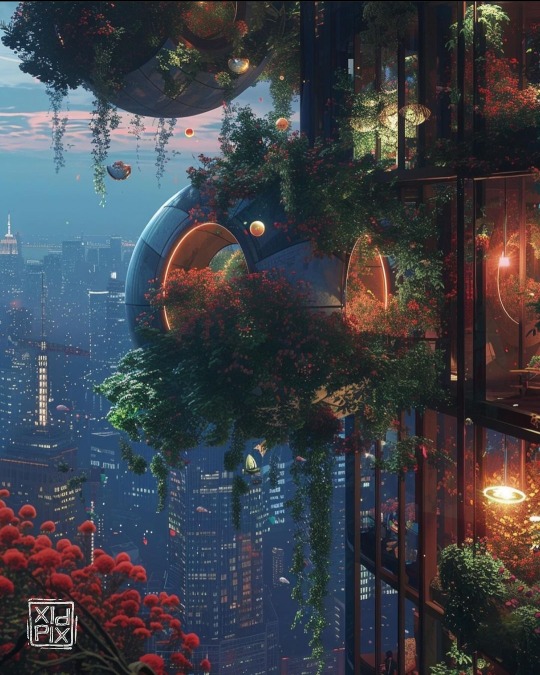



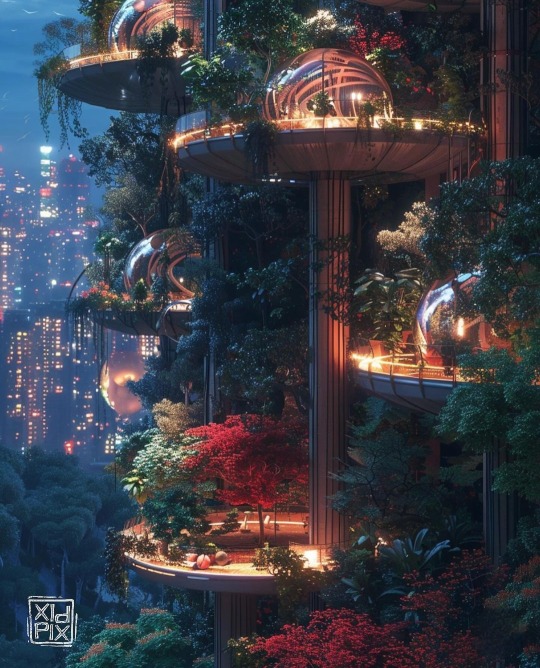
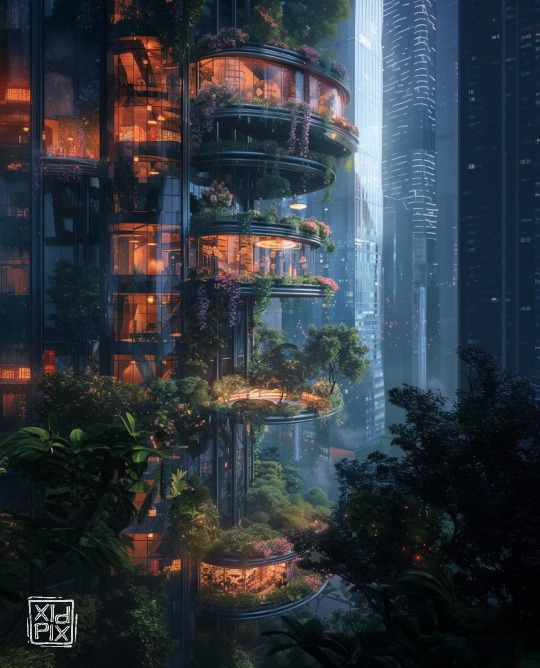
By xidpix
#nestedneons#cyberpunk#cyberpunk art#cyberpunk aesthetic#art#cyberpunk artist#cyberwave#megacity#futuristic city#scifi#steampunk#steampunk art#steampunk aesthetic#steampunk inspired#urban jungle#solarpunk#solarpunk art#solarpunk aesthetic#solarpunk city#retro future#retrowave#vaporwave#retro scifi#scifi art#scifi aesthetic#ai art#thisisaiart#ai artist#ai artwork
599 notes
·
View notes
Text
I am going to say it, the thing that people say about how American cities kinda suck is true. But you know what, I still love them, they are where I live and they are improving and I am so glad to live in a time where there is an actual effort to contract and undo the damage done to our cities. We are expanding and building transit for the first time in half a century, more bike lanes are being built that ever, freeway removals are beimg proposed, in general I think almost every major US City will be a better more livable place in 2030 than it was in 2010
1K notes
·
View notes
